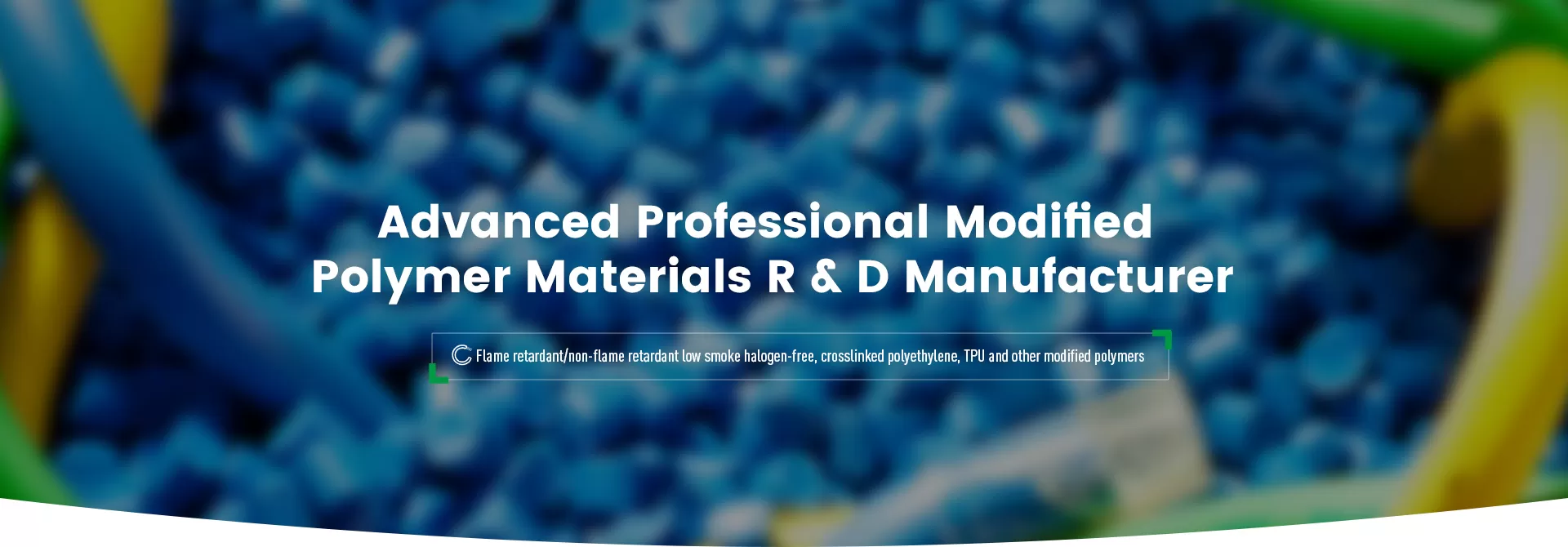
Cable jackets play a vital role in protecting the internal components of wires and cables from external damage, ensuring long-term performance across various environments. Understanding cable jacket types helps in selecting the right material for specific applications, whether it's for electrical properties, heat resistance, or abrasion protection.
PVC jacket cables are widely used due to their affordability and versatile performance. Polyvinyl chloride (PVC) has excellent flame-retardant and oil-resistant properties, providing a good balance between flexibility and durability. This makes PVC a popular choice for general-purpose cable jacketing. PVC cables perform well in normal temperature environments but are not suitable for extremely high temperatures or harsh conditions requiring more robust materials. PVC jacket cables are often used in wire and cable installations for residential wiring and telecommunications.
TPE jackets offer outstanding flexibility and weather resistance. As a thermoplastic elastomer, TPE combines the benefits of rubber and plastic, providing excellent electrical properties and abrasion resistance. TPE-jacketed cables are often used in dynamic applications that involve frequent bending and movement. Its heat resistance, oil, and chemical resistance make it ideal for industrial environments. TPE jacket cables are commonly found in portable electronics and robotics, where flexibility and durability are crucial.
TPU cable jackets are known for their high flexibility and ability to withstand extreme environmental conditions, including UV exposure, chemicals, and mechanical stress. This makes TPU jacket cables ideal for outdoor applications, heavy machinery, and the automotive industry. TPU also demonstrates excellent low-temperature performance, maintaining its flexibility even in freezing conditions. TPU jackets are highly abrasion-resistant, making them suitable for harsh environments and high-temperature settings.
LSZH cable jackets minimize the release of toxic smoke and gases in the event of a fire. These jackets are commonly used in confined spaces such as tunnels, aircraft, and marine environments where fire safety is a primary concern. LSZH materials do not contain halogens, making them safer for human health and reducing environmental impact. Although less flexible than PVC or TPE, LSZH cables provide superior flame retardancy and are often mandated by industry regulations. LSZH Cable jacket materials are often chosen for critical infrastructure and public transport systems.
XLPE cable jackets are known for their high-temperature resistance and excellent electrical properties. Cross-linked polyethylene is chemically modified to enhance durability, making it ideal for high-voltage cables and insulation applications. XLPE offers outstanding resistance to abrasion, moisture, and chemicals, ensuring a long lifespan in demanding environments. XLPE jacket materials are frequently used in underground cables and high-voltage power lines.

Polypropylene jackets are known for their high-temperature tolerance and lightweight properties. Compared to PVC jackets, polypropylene provides better heat resistance and is commonly used in high-performance applications. However, polypropylene jackets may lack the same flexibility as PVC. The choice between polypropylene and PVC jackets depends on the specific requirements of the application, such as heat resistance or cost considerations. Polypropylene jackets are often selected for wire jacket materials in industries where weight and heat are critical factors.
Cable jacket materials like TPE, TPU, and PVC offer varying levels of abrasion resistance. TPU stands out in heavy-duty applications where cables face constant friction and wear. Polyvinyl chloride PVC remains a cost-effective solution but may wear faster in harsh environments.
XLPE and polypropylene jackets perform exceptionally well in high-temperature environments, while PVC jacket cables are best suited for moderate-temperature conditions. LSZH also provides heat resistance with the added benefit of fire safety. Cross-linked properties of XLPE enhance its ability to withstand extreme temperatures.
PVC, TPE, and TPU materials are often used in environments where exposure to oils, chemicals, and other corrosive substances is expected. TPU offers the highest level of chemical resistance, making it the preferred choice for industrial applications. TPE jacket cables provide robust protection against oils and solvents.
TPE and TPU jacket cables are highly flexible and durable, ideal for applications that require constant bending and flexing. XLPE cables, though rigid, offer long-term durability in static, high-voltage applications. The jacketing material for wire and cable systems must balance durability and adaptability.
PVC Jacket Cable:Suitable for residential wiring, telecommunications cables, and moderate industrial environments.
TPE Jacket:Commonly used in robotics, automotive, and portable electronics due to its dynamic flexibility and resistance to harsh conditions.
TPU Jacket:Ideal for outdoor installations, automotive cables, and heavy machinery, providing exceptional toughness and flexibility.
LSZH Jacket:Used in tunnels, ships, and public buildings where fire safety and reduced toxic emissions are crucial.
XLPE Jacket:Perfect for underground cables, high-voltage transmission lines, and environments with extreme temperature variations.
Polypropylene Jacket:Applied in lightweight, high-heat environments, often serving as a durable alternative to PVC jacket cables.
Selecting the right cable jacket material depends on environmental conditions, temperature range, and mechanical stresses involved. Understanding the properties of each material ensures the protection and longevity of wire and cable installations.